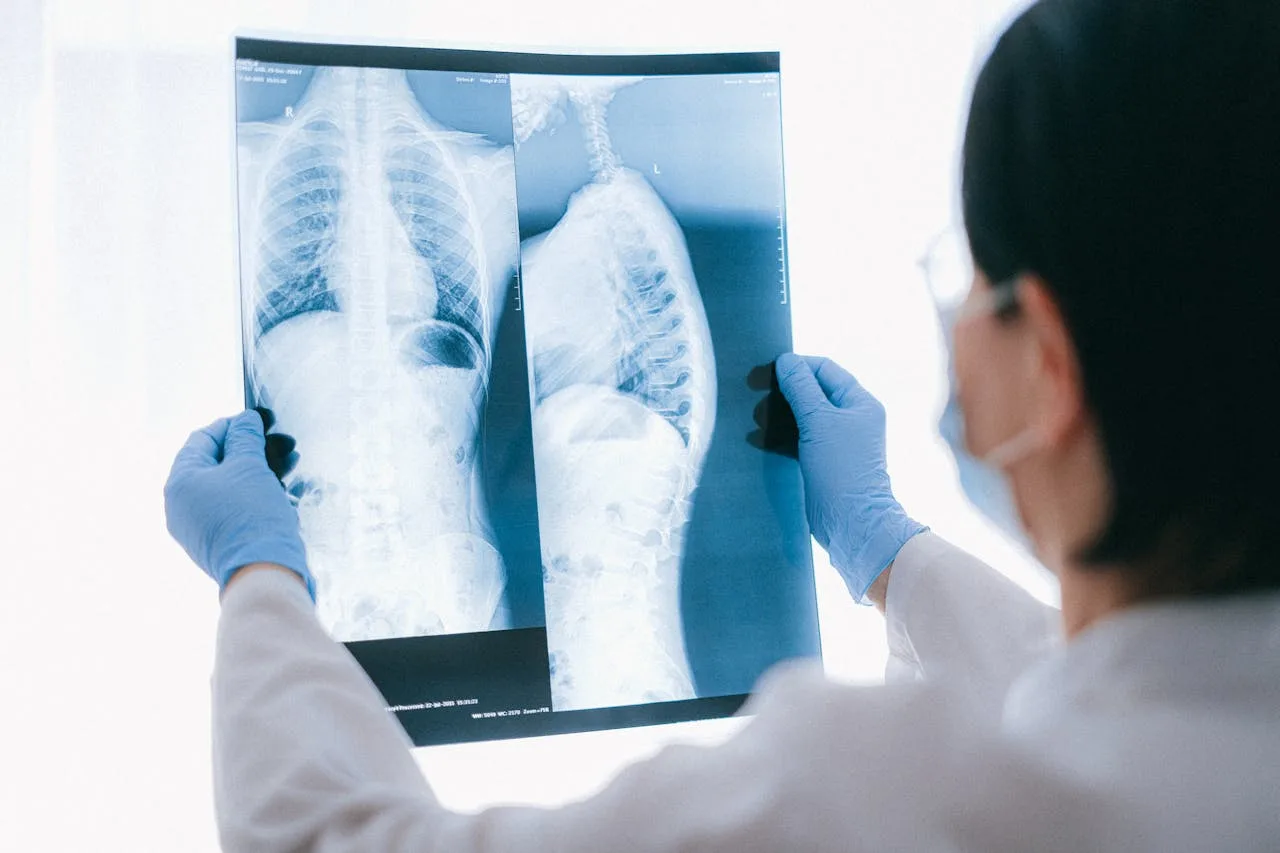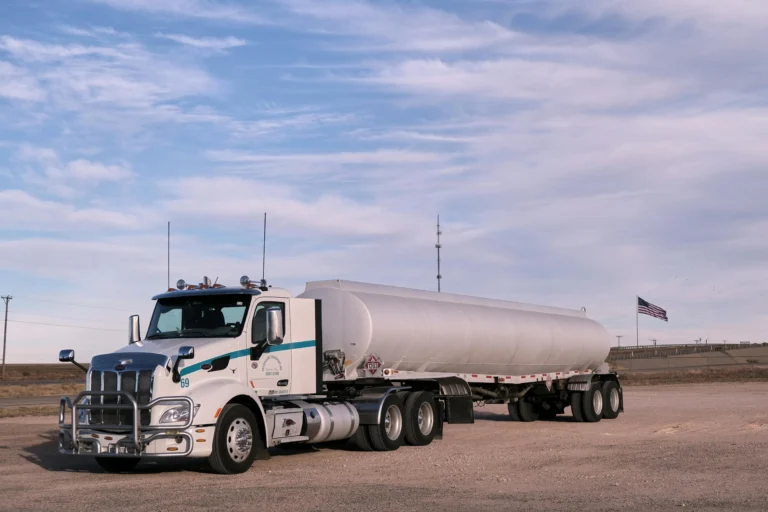RevBio, Inc., a developer of regenerative biomaterials for bone repair, announced it has received a $2.2 million Phase II Small Business Innovation Research (SBIR) grant from the National Institute on Aging (NIA), a division of the National Institutes of Health (NIH). This two-year grant (1R44AG097243-01) will build on the company’s prior Phase I SBIR project (1R43AG079741-01A1) and support preclinical testing of TETRANITE®, RevBio’s patented, osteoconductive bone adhesive designed for use in the minimally invasive treatment of vertebral compression fractures.
The successful completion of these studies will be a key milestone toward obtaining FDA clearance to initiate first-in-human clinical trials, marking an important step in advancing a safer, more effective alternative to traditional vertebroplasty materials.
Transforming the Standard of Care for Spine Fractures
Each year in the United States, approximately 850,000 vertebral fractures occur, most commonly among elderly patients suffering from osteoporosis. Nearly one in five adults over 70 experience such fractures, which can cause chronic pain, spinal deformity, and significant loss of mobility.
Historically, vertebroplasty and kyphoplasty have been used to stabilize fractured vertebrae by injecting polymethylmethacrylate (PMMA) bone cement into the spine. These techniques have provided meaningful pain relief for many patients, yet the underlying material—PMMA—poses several drawbacks that have increasingly limited its clinical adoption.
“The adhesive and structural features of this biomaterial, combined with its osteoconductive and bone-replacing properties, make it an excellent candidate for an improved vertebroplasty procedure,” said Dr. Kevin T. Foley, Professor of Neurosurgery, Orthopedic Surgery, and Biomedical Engineering at the University of Tennessee Health Science Center and Chairman of the Semmes Murphey Clinic. “Its ability to integrate with bone tissue rather than act as a foreign body represents a major step forward in biomaterials innovation for spinal repair.”
The Limitations of PMMA Cement
PMMA has long been the standard material for vertebral augmentation procedures, but its mechanical and biological shortcomings are well documented. As a non-degradable synthetic polymer, PMMA remains permanently within the body, potentially interfering with natural bone healing. Its high curing temperature during polymerization can cause thermal necrosis of surrounding tissue, and its rigidity can transfer stress to adjacent vertebrae, increasing the risk of new fractures.
Cement leakage (extravasation) occurs in up to 75% of cases, sometimes leading to severe complications such as pulmonary embolism in nearly one-quarter of patients. As a result, the number of vertebral augmentation procedures performed annually in the U.S. has declined by more than 70% since 2009, leaving many elderly patients with limited options for effective pain relief.
“Having been involved in the Phase I preclinical testing of this product, I have seen firsthand that TETRANITE® directly addresses the limitations that caused the decline of PMMA use in spinal fractures,” said Dr. Eric Woodard, Chief of Neurosurgery at the New England Baptist Hospital. “Its handling characteristics, bone-bonding capability, and resorbability provide clear clinical advantages.”
Introducing TETRANITE®: A Biomimetic Bone Adhesive
TETRANITE® is a synthetic, bone-like adhesive developed by RevBio that sets rapidly in a wet surgical environment and provides strong mechanical fixation while promoting natural bone regeneration. Unlike PMMA, which merely fills and hardens, TETRANITE® acts as a biomimetic scaffold that is gradually resorbed and replaced by the patient’s own bone tissue.
The material is designed to adhere to living bone surfaces with high shear strength and without generating the thermal risks associated with traditional cements. This makes it particularly suited for minimally invasive procedures where precise control and biological compatibility are critical.
Through the NIH Phase II grant, RevBio will conduct extensive preclinical studies evaluating the safety, mechanical stability, and biological integration of TETRANITE® in models of osteoporotic spinal fractures. These data will support regulatory submissions to begin clinical trials aimed at demonstrating improved patient outcomes compared to existing materials.
Clinical and Market Potential
The clinical and economic burden of osteoporotic vertebral fractures is immense. Beyond chronic pain and disability, these injuries contribute to a significant decline in quality of life and increased mortality among older adults. With the aging U.S. population, the need for safer, more effective biomaterials for spinal repair is greater than ever.
“Kyphoplasty was a breakthrough for pain management and led to Kyphon’s $3.9 billion acquisition by Medtronic,” noted Dr. Jonathan Slotkin, practicing neurosurgeon and General Partner at Scrub Capital, which recently invested in RevBio. “However, TETRANITE®’s biomimetic and osteoconductive properties create a far superior product profile than PMMA, giving it the potential to become the new standard of care for vertebral fracture repair—and a true blockbuster therapy in orthopedics and spine care.”
Dr. Slotkin emphasized that innovations like TETRANITE® address a major unmet medical need: providing durable fracture stabilization without compromising the surrounding bone structure or long-term health of elderly patients.
Advancing Toward Human Trials
With support from the National Institute on Aging, RevBio aims to finalize preclinical testing over the next two years, paving the way for FDA submission and the initiation of Phase I/II human clinical studies. The company expects to evaluate minimally invasive vertebroplasty procedures using TETRANITE® to demonstrate improvements in pain reduction, spinal stability, and long-term bone healing compared to PMMA-based techniques.
“This grant represents a major milestone in our mission to redefine the biomaterials used in spinal surgery,” said Brian Hess, Founder and CEO of RevBio, Inc. “By leveraging the unique biological and adhesive properties of TETRANITE®, we can offer patients a safer, more effective, and regenerative alternative to traditional bone cements.”
Hess added that the project aligns with the NIH’s broader goals of promoting innovation in aging-related health and improving outcomes for seniors suffering from osteoporotic conditions.
A New Era for Spine Repair
As RevBio advances TETRANITE® toward clinical readiness, the company is positioning itself at the forefront of a new generation of bone adhesives that combine strength, safety, and regenerative potential. By addressing the shortcomings of legacy biomaterials, RevBio’s technology may help restore function and independence for hundreds of thousands of patients each year—offering not just structural repair, but true biological healing.
With NIH’s backing and growing investor confidence, TETRANITE® stands poised to revolutionize minimally invasive spinal fracture treatment, setting the stage for broader applications in orthopedic, craniofacial, and trauma surgery in the years ahead.



